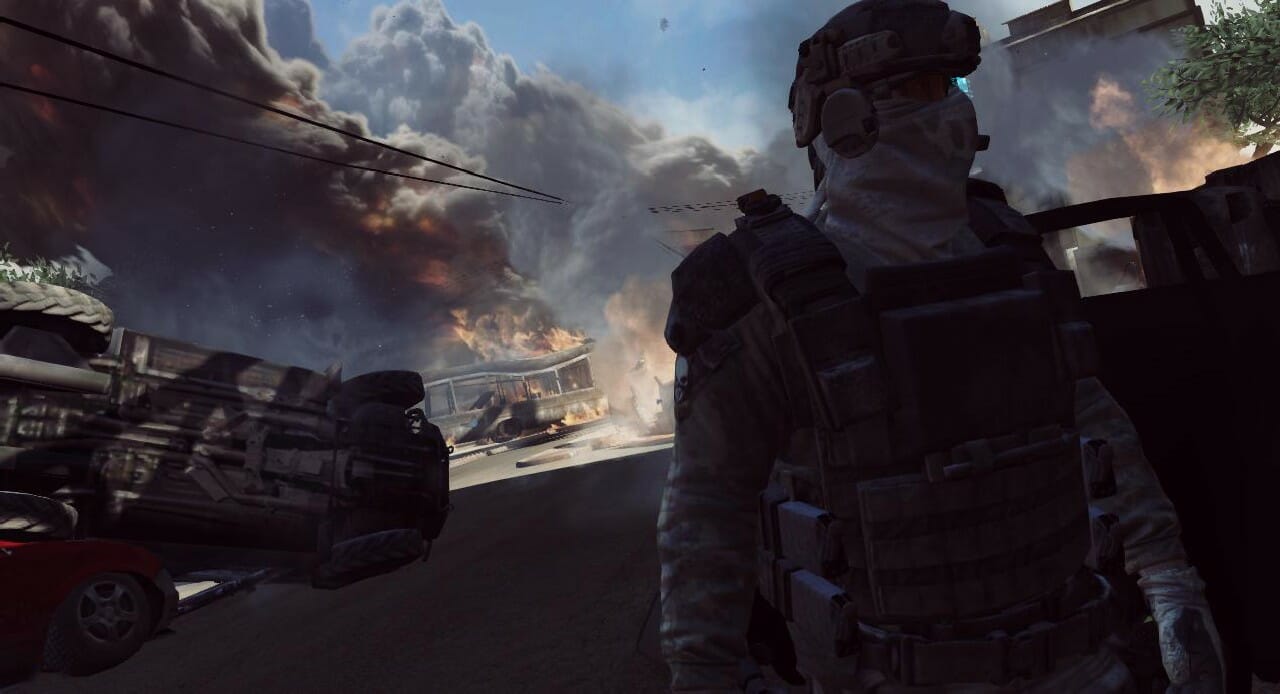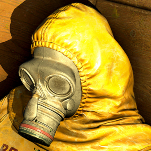Tom Clancy’s Ghost Recon: Future Soldier (Multi-Platform)

A loose nuke. A tight-knit team of special forces soldiers armed with the latest Pentagon technology. A globe-trotting chase after terrorists and arms dealers, with breathless inter-level segues from one third-world hellhole to another, the name of each exotic nation and high-value target splashed across satellite images that look like they’ve been downloaded straight from a real-life DoD satellite. Hundreds and hundreds of people who die bloody, anonymous deaths at your hands, for no real reason other than that you can.
Quick — what game am I describing?
If you answered “every shooter made in the past five years,” you are correct. Specifically, though, this is the most recent such game, Tom Clancy’s Ghost Recon: Future Soldier, which proves that we may have passed the event horizon of the military-shooter singularity some time ago, without even realizing it. It seems to have been stitched together from the pieces of every other game in the genre and then re-animated, lurching competently from one trope to another, without totally being able to shake its moldering scent. Despite a competent enough packaging, and a couple of good ideas, one finds it hard to play Future Soldier for more than half an hour without being overcome by a kind of existential horror. They will never stop making these games, and we will never be able to stop playing them.
Future Soldiering, it turns out, is not all that different from advanced warfighting, which is what players were doing in Ghost Recon’s most recent console outings. A lot of it has to do with scouting enemy locations with the help of drones. Toss one of the little guys up into the air, steer ‘em around, and tag some enemy gunmen for your teammates to eliminate. This can be satisfying, giving the proceedings an air of strategy without making you feel disconnected from the action.
Some of the other futurey soldiery things feel cosmetic. Your character and his squadmates are outfitted with optical camo, which grant them near-invisibility so long as they don’t move too fast or fire their weapons. The good news is that this means the game’s stealth segments aren’t based on something arbitrary like watching a light meter fill up as you pass in and out of the shadows. The bad news is that you can be crouching in the middle of a well lighted area and nobody can see you. Not exactly tense. A handheld sensor, which can be thrown like a grenade in order to tag targets behind cover, never seems to work as well as it should, but it’s just as well because it also never feels necessary to have that information, at least on normal difficulty.

Despite these few ways in which Future Soldier tries to stand apart — and it’s generous to call this game’s technology fetish a distinguishing characteristic — it still mostly plays out as just another third-person shooter. Levels consist of low-slung obstacles to crouch behind and flanking enemies who are always sending in reinforcements 90 degrees from where you’re facing. You could set your watch by the swarms of foes that spawn at the end of every level. And, yep, you hop on gun turrets when needed. Try to imagine the player who would have been disappointed if Future Soldier hadn’t included a mini-gun segment. Do you want to meet this person in a multiplayer game?
-

-

-

-

-

-

-

-

-

-

-

-

-

-

-

-

-

-

-

-

-

-

-

-

-

-

-

-

-

-

-

-

-

-

-

-

-

-

-

-








































